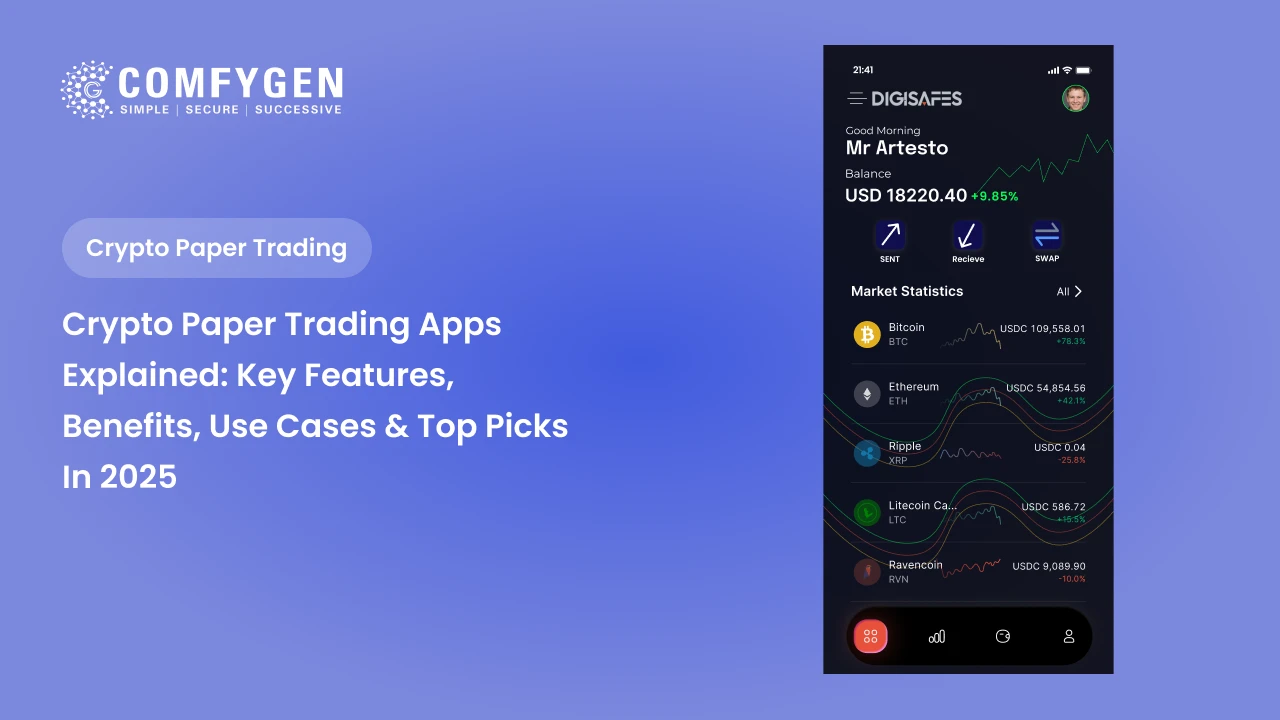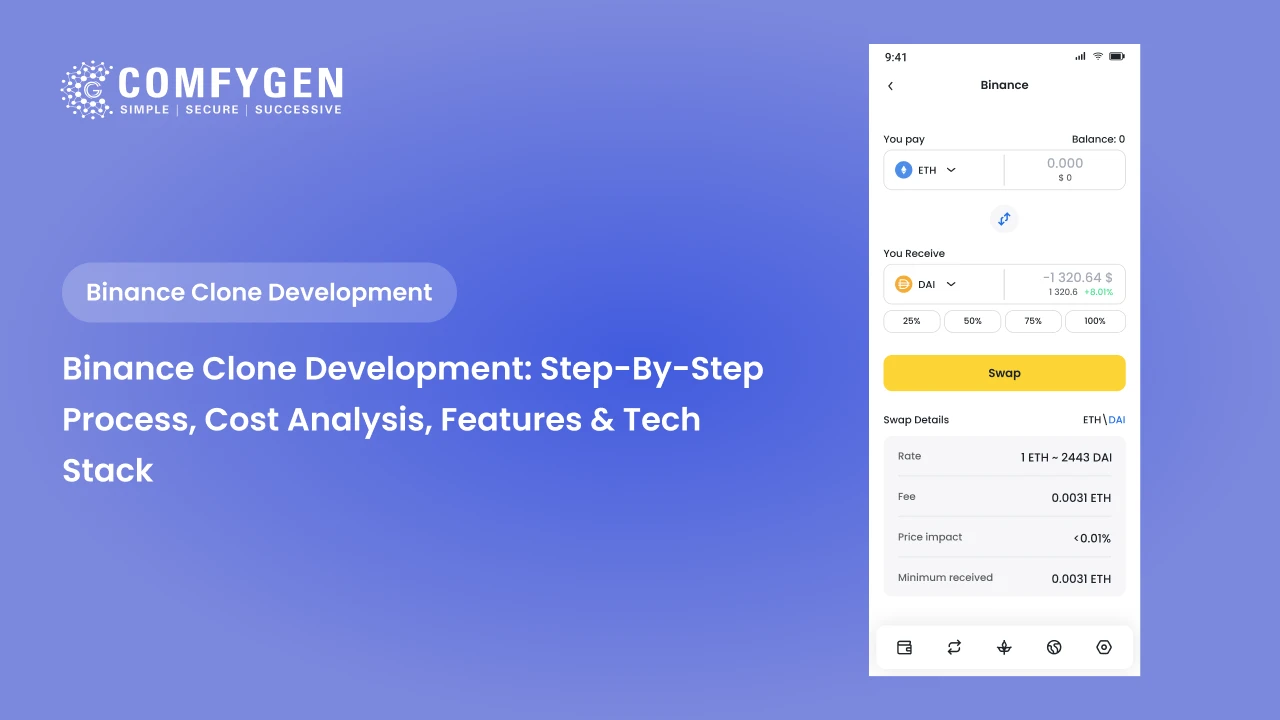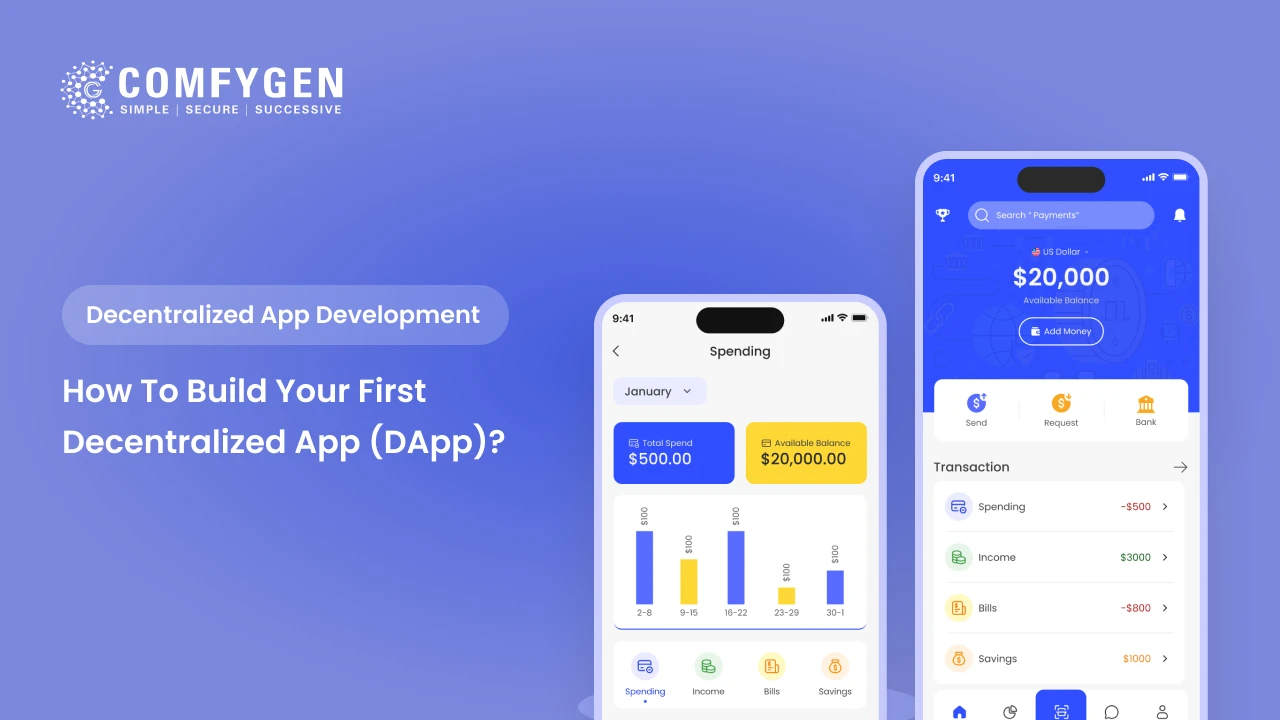10 Most Cost-Effective Ways to Convert Crypto to Cash in 2025: A Step-by-Step Guide with Pros, Cons, and Expert Tips
Introduction
Cryptocurrency continues to dominate financial markets globally. As of 2025, millions of investors, traders, and businesses are holding a portion of their wealth in crypto assets. However, converting crypto into cash is crucial for realizing profits, purchasing, or paying bills in traditional fiat currencies like USD, EUR, or INR. In recent years, a wide array of platforms and tools has emerged to facilitate this process.
But here’s the catch—not all methods to convert crypto to cash are equal. Some offer higher fees, slower processing times, or more complicated steps, while others may be more cost-effective but require additional due diligence.
In this in-depth guide, we’ll examine the 10 cheapest ways to convert crypto to cash in 2025. We will break down the benefits and limitations of each method, providing you with a complete roadmap to choose the best option based on your needs.
Top 10 Cheapest Methods to Convert Crypto to Cash
When it comes to converting cryptocurrency to cash, several factors play a role in deciding the best method for you: fees, speed, security, convenience, and accessibility. We’ll look into each of these factors to help you make a more informed decision.
Peer-to-Peer (P2P) Platforms
Peer-to-peer (P2P) platforms like LocalBitcoins, Paxful, and Binance P2P allow you to buy and sell crypto directly with other individuals, bypassing centralized exchanges and institutions. This method connects buyers and sellers and facilitates crypto-to-fiat transactions through an escrow system.
Pros:
- Low Fees: Typically, P2P platforms charge much lower fees than exchanges. Fees range from 0% to 1% for both buyers and sellers, making it an economical choice for many.
- Global Reach: Available in almost every country, allowing for international transactions.
- Privacy: Some P2P platforms allow for private transactions without requiring extensive KYC (Know Your Customer) checks, which can be appealing for those who prioritize anonymity.
Want to build your own
crypto-to-cash conversion platform?
Contact Now
Cons:
- Risk of Scams: While escrow services mitigate fraud, there is always a chance of scams. Carefully vetting your buyer or seller is crucial.
- Lack of Customer Support: Unlike centralized exchanges, P2P platforms may not offer 24/7 customer support, which could lead to potential delays if issues arise.
Step-by-Step Process:
- Register and verify your account on a P2P platform.
- Select the cryptocurrency you want to sell.
- Set your preferred payment method (e.g., bank transfer, PayPal, cash).
- Find a buyer who offers the best rate and initiate the trade.
- Once the transaction is complete, the funds are released from escrow to the seller.
Cryptocurrency ATMs
How it Works:
Cryptocurrency ATMs are physical machines that allow users to deposit cryptocurrencies and receive fiat cash in return. They support Bitcoin, Ethereum, Litecoin, and sometimes even stablecoins like USDT. These machines have surged in popularity and can be found in many major cities worldwide.
Pros:
- Instant Access to Cash: Crypto ATMs allow for almost immediate conversion of crypto to cash, which is ideal in urgent situations.
- Ease of Use: No need for complex accounts or registration; simply insert your cryptocurrency and withdraw cash.
- Anonymity: Some crypto ATMs do not require KYC for small transactions, making them ideal for privacy-conscious users.
Cons:
- High Fees: Fees for using crypto ATMs can be as high as 10% per transaction, depending on the location.
- Limited Locations: Not all cities have crypto ATMs, so access might be restricted based on your location.
Step-by-Step Process:
- Find a nearby crypto ATM using services like CoinATMRadar.
- Choose the cryptocurrency you want to sell.
- Insert your crypto into the ATM wallet.
- Select the fiat currency and amount you wish to withdraw.
- Collect your cash and keep the receipt for records.
Centralized Exchanges (CEXs)
How it Works:
Centralized exchanges like Coinbase, Kraken, Binance, and Gemini provide the most popular method of converting crypto to fiat. After depositing your cryptocurrency into the exchange, you can trade it for your preferred fiat currency (USD, EUR, etc.) and withdraw the funds to your bank account.
Pros:
- High Liquidity: Centralized exchanges offer high liquidity, which ensures that you can quickly convert large amounts of crypto into cash.
- Reliability and Security: Many of the top CEXs are regulated and provide robust security measures such as insurance for digital assets.
- Variety of Payment Methods: You can withdraw funds through bank transfers, PayPal, and even crypto debit cards.
Cons:
- Higher Fees: Centralized exchanges tend to have higher withdrawal fees (usually 1% to 5%), especially when converting crypto to bank accounts.
- Account Verification: Most exchanges require KYC checks, which could take time and involve submitting sensitive personal information.
Step-by-Step Process:
- Sign up and complete KYC verification on the exchange.
- Deposit your cryptocurrency into the exchange wallet.
- Exchange crypto for fiat currency.
- Select the withdrawal method (bank transfer, PayPal, etc.).
- Withdraw your funds to your linked bank account.
Decentralized Exchanges (DEXs)
How it Works:
Decentralized exchanges like Uniswap, SushiSwap, and PancakeSwap allow you to exchange cryptocurrencies directly on the blockchain without the need for an intermediary. While these platforms don’t support direct fiat withdrawal, you can trade crypto for stablecoins or other cryptos, then use another method to convert them into cash.
Pros:
- Lower Fees: DEXs typically have lower transaction fees compared to CEXs, which can make them an affordable choice.
- Privacy: There’s no KYC process involved, allowing for a greater level of privacy.
- Full Control: You have full control over your funds throughout the transaction process, reducing the risk of hacks or platform shutdowns.
Cons:
- Complexity for Beginners: DEXs can be confusing for new users due to the need to interact with wallets and decentralized platforms.
- Slippage: Due to low liquidity, prices can change rapidly, which might lead to less favorable conversions.
Step-by-Step Process:
- Connect your crypto wallet (e.g., MetaMask, Trust Wallet) to the DEX.
- Swap your crypto for a stablecoin or another cryptocurrency of your choice.
- If needed, transfer the stablecoin to a centralized exchange to convert it into fiat currency.
- Withdraw your funds to your linked bank account.
Using Crypto Debit Cards
How it Works:
Crypto debit cards such as Coinbase Card, BitPay Card, and Crypto.com Card allow users to load their cryptocurrencies onto the card and spend them directly. The platform automatically converts the cryptocurrency into fiat currency during the transaction, making it ideal for everyday use.
Pros:
- Easy to Use: Crypto debit cards work just like traditional debit cards, making them convenient for everyday transactions.
- Global Acceptance: You can use them anywhere credit/debit cards are accepted, such as restaurants, online retailers, and ATMs.
- Instant Conversion: Crypto is converted into fiat money at the point of sale, so you don’t need to worry about manually converting it.
Cons:
- Fees: Some cards charge fees for conversions or ATM withdrawals. Expect up to 3% conversion fees and ATM withdrawal charges.
- Geographic Restrictions: Not all countries or regions support crypto debit cards, so availability may be limited.
Step-by-Step Process:
- Apply for a crypto debit card from a provider like Coinbase or BitPay.
- Load your cryptocurrency onto the card.
- Use the card to make purchases or withdraw cash from ATMs.
- Enjoy the convenience of spending your crypto as fiat currency.
Crypto-to-Cash Mobile Apps
How it Works:
Mobile apps such as Cash App, Revolut, and Robinhood allow users to buy, sell, and withdraw crypto directly to their linked bank accounts. These apps typically offer competitive exchange rates and low fees for conversions.
Pros:
- Speed: Mobile apps offer fast, almost instant transactions, ideal for quick access to cash.
- Low Fees: Transaction fees are generally lower than those found on centralized exchanges.
- User-Friendly: These apps are designed for users with little to no crypto experience, making the process simple and intuitive.
Cons:
- Limited Cryptocurrency Options: Some apps may only support a few select cryptocurrencies like Bitcoin and Ethereum, limiting your trading options.
- Account Limits: There may be limits on how much you can withdraw or sell at a time.
Step-by-Step Process:
- Download and register for a crypto mobile app.
- Link your bank account or debit card to the app.
- Buy or sell crypto within the app.
- Withdraw the fiat currency directly to your bank account or card.
Over-the-Counter (OTC) Services
How it Works:
OTC services are designed for institutional investors or high-net-worth individuals who wish to trade large amounts of crypto without causing market disruptions. Companies like Genesis Trading, Circle, and OTC Bitcoin Brokers specialize in facilitating high-volume, private crypto-to-cash trades.
Pros:
- Better Rates for Large Transactions: OTC desks offer significantly better conversion rates for high-volume transactions, often with little to no slippage.
- Privacy: OTC services provide greater confidentiality for large trades.
- Personalized Service: Many OTC desks offer dedicated account managers to help facilitate the trade.
Cons:
- Not Suitable for Small Trades: OTC services are typically only available for transactions above $25,000.
- Access Restrictions: Many OTC desks require extensive verification or account setup before trading.
Step-by-Step Process:
- Contact an OTC service provider and open an account.
- Verify your identity and agree to the terms of service.
- Initiate a large crypto-to-fiat trade, specifying your preferred transaction details.
- Wait for confirmation and process your funds.
Bank Transfers via Exchanges
How it Works:
Many popular exchanges allow users to convert crypto to fiat directly and withdraw funds via bank wire transfers or ACH transfers. This method is simple, secure, and widely available.
Pros:
- Direct Transfers: Funds are transferred directly to your bank account, ensuring simplicity.
- Secure: Bank transfers are reliable and secure.
- Availability: Almost every exchange supports this method.
Cons:
- Bank Fees: Some banks charge additional fees for crypto-related transactions.
- Processing Delays: Depending on the bank, transfers may take several business days to process.
Using a Crypto Payment Processor
How it Works:
Crypto payment processors such as BitPay and CoinPayments allow businesses to accept cryptocurrency payments. However, these services also offer the option to convert crypto directly to fiat currency, which can then be transferred to your bank account.
Pros:
- Ease of Integration: Payment processors are simple to integrate with your existing accounts and offer automatic conversion of crypto into fiat.
- Low Fees: Generally, these services charge low conversion fees, usually 1% or less.
- Security: High-level encryption and anti-fraud systems ensure the safety of your transactions.
Cons:
- Limited Availability for Individuals: This service is more commonly used by merchants or businesses than by individual users.
- Transaction Delays: Depending on the network congestion and the processor, there might be slight delays in completing the conversion process.
Step-by-Step Process:
- Create an account with a crypto payment processor like BitPay.
- Link your payment processor to your crypto wallet or exchange.
- Convert your cryptocurrency into your preferred fiat currency.
- Withdraw the fiat funds directly into your bank account.
Want Insights on
Launching Your Crypto Business?
Contact Now
Using Crypto-to-Cash Services from Local Financial Institutions
How it Works:
Some local banks and financial institutions have partnered with crypto platforms to offer a service for converting crypto to cash. These services may include direct crypto-to-fiat transfers through linked accounts, but availability is often region-specific.
Pros:
- Direct Integration with Bank Accounts: These services provide an easy way to convert crypto into cash without needing third-party exchanges.
- Security: Crypto-to-cash services from established financial institutions often provide higher levels of security and regulatory compliance.
- Convenient for Local Transactions: These services can be convenient if you live in a region where crypto is widely accepted or if you want to quickly access funds locally.
Cons:
- Regional Limitations: Not all financial institutions or banks offer crypto-to-cash services, and availability may be restricted by location.
- Higher Fees: In some cases, fees for using these services can be higher compared to P2P platforms or decentralized exchanges.
Step-by-Step Process:
- Contact your local financial institution to inquire if they offer crypto-to-cash services.
- Link your crypto wallet or exchange account to the service.
- Convert your crypto into fiat currency directly through the bank.
- Withdraw funds to your bank account as needed.
Conclusion
Converting crypto to cash is an essential part of the cryptocurrency experience, whether you’re cashing out profits, making purchases, or simply liquidating your holdings. As you’ve seen, there are many ways to convert your crypto to cash, each with its advantages and drawbacks.
Factors to Consider:
- Fees: If minimizing fees is your primary concern, you’ll likely want to look into P2P exchanges. However, keep in mind that these options may come with higher risks or a steeper learning curve.
- Speed: If you need cash quickly, crypto ATMs or mobile apps are excellent options for instant conversions. But be aware that ATMs may charge high fees, and mobile apps can have withdrawal limits.
- Security: For those who prioritize security, using centralized exchanges or OTC services might offer more robust protection and insurance.
- Ease of Use: Beginners might prefer the simplicity of mobile apps or crypto debit cards, while experienced users may be comfortable navigating decentralized options or OTC desks.
The right method for you depends on your individual preferences, the amount of crypto you’re converting, and your desired speed of transaction. Always consider the costs and benefits before making a choice. Additionally, market trends and emerging technologies may bring new opportunities for crypto-to-cash conversions in the future, so stay informed.
Frequently Asked Questions (FAQs)
What is the cheapest way to convert crypto to cash?
The cheapest method is typically peer-to-peer (P2P) trading platforms, as they often charge little to no fees and let you negotiate directly with buyers. However, they require caution and proper verification.
Can I convert crypto to cash without paying taxes?
In most countries, converting crypto to cash is considered a taxable event. Always check your local tax laws and report crypto-to-fiat transactions as required.
Is it safe to use a crypto ATM to get cash?
Yes, but with caution. Crypto ATMs are fast and convenient but often have high fees and may lack strong ID verification. Use only reputable machines in secure locations.
How can I convert Bitcoin to cash instantly?
You can use crypto debit cards, mobile apps, or ATMs for near-instant Bitcoin-to-cash conversions. The speed depends on the platform and network congestion.
Which platforms offer the lowest fees for crypto-to-cash conversion?
Platforms like Binance P2P, LocalBitcoins, and Bybit P2P are known for low fees. Centralized exchanges like Coinbase or Kraken may charge more but offer security.
Can I send crypto to my bank account directly?
Not directly. First, you need to convert your crypto to fiat (e.g., USD, EUR) via an exchange or service, then withdraw the fiat to your linked bank account.
Is there a way to turn crypto into cash anonymously?
Using decentralized exchanges (DEXs) or cash deals via P2P may offer more privacy, but total anonymity is difficult due to increasing regulatory enforcement and KYC laws.
Do all banks allow crypto-to-cash transfers?
No. Some banks restrict or block crypto-related transactions. It’s essential to check whether your bank supports crypto-friendly transfers before initiating a withdrawal.

Mr. Saddam Husen, (CTO)
Mr. Saddam Husen, CTO at Comfygen, is a renowned Blockchain expert and IT consultant with extensive experience in blockchain development, crypto wallets, DeFi, ICOs, and smart contracts. Passionate about digital transformation, he helps businesses harness blockchain technology’s potential, driving innovation and enhancing IT infrastructure for global success.
Based on Interest

10 Most Cost-Effective Ways to Convert Crypto to Cash in 2025: A Step-by-Step Guide with Pros, Cons, and Expert Tips
Introduction Cryptocurrency continues to dominate financial markets globally. As of 2025, millions of investors, traders, and businesses are holding a portion of…








